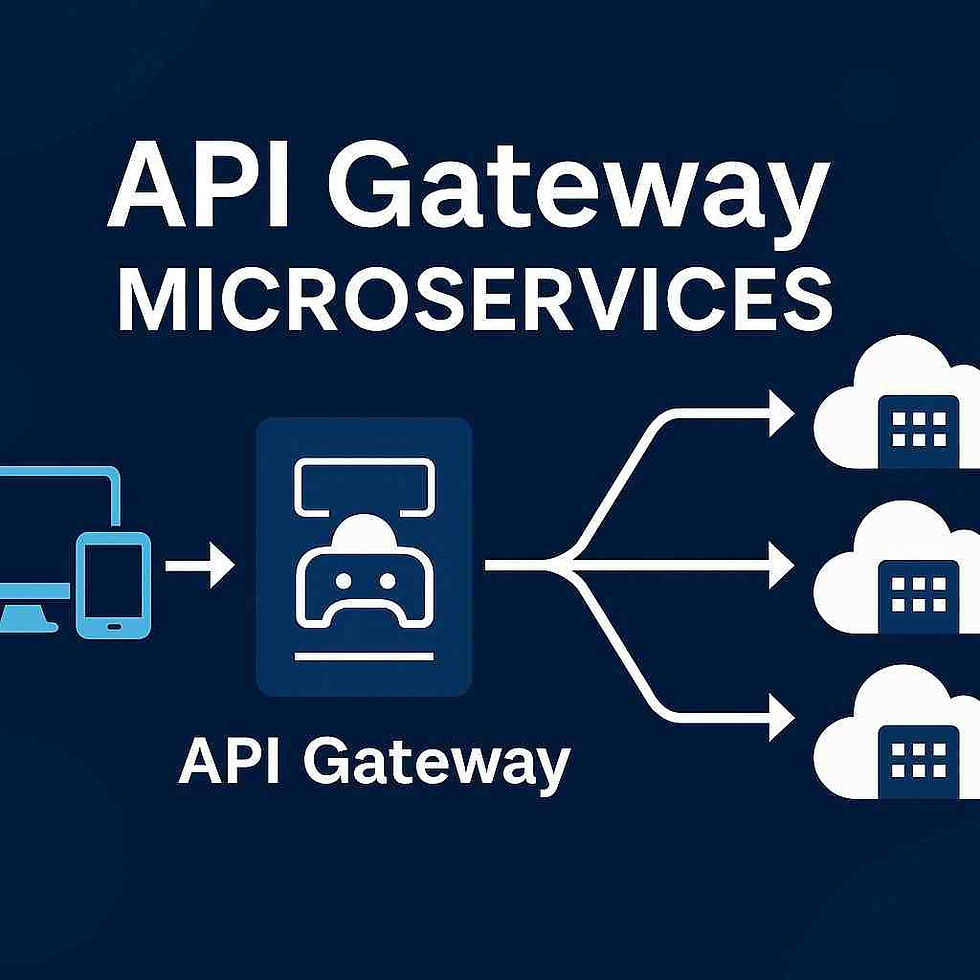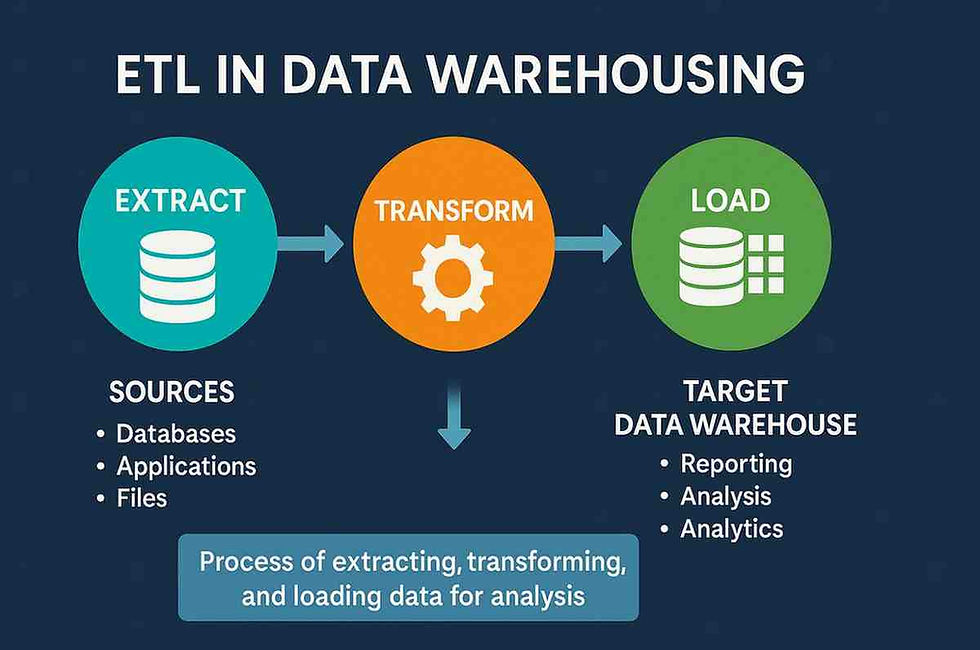Software Regression Analysis: Catch Bugs Before They Spread
- Gunashree RS
- May 9
- 7 min read
Introduction to Software Regression Analysis
Software development is a continuous process of improvement, enhancement, and bug fixing. However, as developers add new features or fix existing issues, they risk introducing new problems or reintroducing old bugs. This is where software regression analysis comes into play – a critical process that ensures new changes don't break previously functioning code.
Software regression analysis is the systematic approach to testing software changes to ensure they don't adversely affect existing functionality. It involves comparing a system's behavior before and after modifications to identify any unintended consequences. As applications grow in complexity, robust regression analysis becomes paramount for maintaining software quality and reliability.
Regression issues account for approximately 20-40% of all software defects, according to industry studies. These issues can range from minor UI glitches to catastrophic system failures that impact business operations. By implementing effective software regression analysis practices, development teams can significantly reduce these risks and deliver more stable, reliable software.

The Fundamentals of Software Regression Analysis
Understanding regression analysis begins with recognizing its core principles and objectives:
Types of Software Regression
Regression in software can manifest in several forms:
Functional Regression: When a feature that previously worked correctly stops functioning after changes.
Performance Regression: When system performance degrades after modifications.
Visual Regression: When UI elements change unintentionally.
Local Regression: When changes directly affect the modified components.
Remote Regression: When changes affect seemingly unrelated components.
The Regression Analysis Process
A comprehensive software regression analysis typically follows these steps:
Test Planning: Identifying which tests need to be run based on the changes made
Test Case Selection: Choosing relevant test cases from the existing test suite
Test Execution: Running the selected tests against the modified code
Result Analysis: Comparing test results with expected outcomes
Defect Reporting: Documenting any discrepancies or issues found
Remediation: Fixing identified regression issues
This structured approach helps ensure that regression analysis is thorough and effective.
Key Techniques for Effective Software Regression Analysis
Implementing successful regression analysis requires utilizing various techniques tailored to different project needs:
1. Automated Regression Testing
Automation is the cornerstone of efficient regression analysis. Key aspects include:
Test Automation Frameworks: Tools like Selenium, Cypress, or TestComplete that enable automated test execution
Continuous Integration: Integration with CI/CD pipelines to automate regression testing with each build
Test Selection Algorithms: Methods to identify which tests are most relevant for specific changes
Parallelization: Running tests simultaneously to reduce execution time
2. Risk-Based Regression Analysis
Not all code changes carry equal risk. Risk-based approaches focus testing efforts based on:
Change Impact Analysis: Identifying which parts of the system are affected by changes
Critical Path Testing: Prioritizing tests for business-critical functionality
Defect Probability: Focusing on areas with higher historical defect rates
User Impact Assessment: Evaluating the potential end-user impact of failures
3. Performance Regression Analysis
Performance regression can be particularly insidious. Effective analysis includes:
Baseline Performance Metrics: Establishing performance benchmarks before changes
Load Testing: Subjecting the system to expected user loads
Response Time Monitoring: Tracking changes in system response times
Resource Utilization Analysis: Monitoring CPU, memory, network, and database usage
Performance Trend Analysis: Tracking performance metrics over time
4. Visual Regression Testing
For UI-centric applications, visual regression testing ensures interface consistency:
Screenshot Comparison: Comparing before and after screenshots to detect visual changes
Layout Testing: Ensuring UI elements maintain correct positioning
Cross-Browser Testing: Verifying consistent appearance across different browsers
Responsive Design Testing: Checking adaptability across various screen sizes
Tools and Technologies for Software Regression Analysis
The right tools can significantly enhance regression analysis effectiveness:
Automated Testing Tools
Tool Category | Examples | Best For |
Unit Testing | JUnit, NUnit, Jest | Code-level regression testing |
API Testing | Postman, REST Assured, SoapUI | Service-level regression |
UI Testing | Selenium, Cypress, Playwright | Interface regression |
Performance Testing | JMeter, LoadRunner, k6 | Performance regression |
Visual Testing | Percy, Applitools, BackstopJS | Visual regression |
All-in-One | TestComplete, Ranorex | Comprehensive regression suites |
Regression Analysis Frameworks
Modern regression analysis often leverages specialized frameworks:
Behavior-Driven Development (BDD) Frameworks: Tools like Cucumber and SpecFlow that use natural language to define test scenarios
Data-Driven Frameworks: Approaches that separate test data from test logic
Keyword-Driven Frameworks: Systems that use action keywords to define test steps
Hybrid Frameworks: Combinations of multiple approaches tailored to specific project needs
Best Practices for Implementing Software Regression Analysis
To maximize the effectiveness of your regression analysis efforts:
Regression Testing Strategy
Define Clear Regression Policies: Establish when and how regression tests should be run.
Create a Regression Test Suite: Develop a comprehensive collection of tests covering critical functionality.
Automate Wisely: Prioritize automation of stable, high-value test cases
Maintain Test Data: Ensure test data remains relevant and representative
Version Control Test Assets: Track changes to test scripts and data alongside code
Execution and Analysis
Schedule Regular Regression Runs: Don't wait for release time to discover issues
Use Parallel Execution: Reduce test execution time through parallelization
Implement Smart Retries: Automatically retry failed tests to identify flaky tests
Analyze Failure Patterns: Look for common themes in regression failures
Track Regression Metrics: Monitor test coverage, pass rates, and defect detection efficiency
Common Challenges in Software Regression Analysis
Despite its importance, regression analysis faces several challenges:
Test Maintenance Burden
As applications evolve, test scripts require updates to remain effective. This maintenance can consume significant resources. Strategies to address this include:
Modular Test Design: Creating Reusable Test Components
Self-Healing Test Scripts: Implementing AI-driven test repair mechanisms
Page Object Patterns: Centralizing UI element definitions
API-Level Testing: Reducing reliance on fragile UI tests
Execution Time Constraints
Comprehensive regression testing can be time-consuming. Approaches to mitigate this include:
Incremental Testing: Running only tests affected by recent changes
Distributed Testing: Spreading test execution across multiple machines
Cloud-Based Testing: Leveraging scalable cloud resources for testing
Intelligent Test Selection: Using AI to prioritize the most relevant tests
The Future of Software Regression Analysis
Emerging trends are reshaping regression analysis practices:
AI-Driven Test Selection: Machine learning algorithms that identify which tests to run based on code changes
Predictive Analysis: AI systems that forecast potential regression issues before they occur
Shift-Left Regression: Moving regression testing earlier in the development process
Continuous Regression Testing: Integrating regression analysis into development workflows
Autonomous Testing: Self-adapting test systems that evolve with application changes
Conclusion
Software regression analysis is not merely a testing activity but a comprehensive quality assurance strategy that protects the integrity of your software through its entire lifecycle. By implementing robust regression analysis practices, organizations can reduce defects, accelerate development, and deliver more reliable software.
The key to successful regression analysis lies in balancing automation with intelligent test selection, maintaining comprehensive test coverage, and continuously adapting your approach as your application evolves. With the right combination of tools, techniques, and practices, regression analysis can transform from a necessary burden into a competitive advantage.
As software complexity continues to grow, effective regression analysis will become increasingly crucial for organizations seeking to maintain quality while delivering new features at an accelerated pace.
Key Takeaways
Software regression analysis is essential for maintaining application quality and preventing the reintroduction of fixed bugs.
Effective regression analysis combines automated testing, risk-based approaches, and performance monitoring.
Regression issues can be functional, performance-related, or visual.
Implementing a balanced strategy that includes both automated and manual testing yields the best results.
Modern tools and frameworks significantly enhance regression analysis effectiveness.
AI and machine learning are transforming regression testing through intelligent test selection and predictive analysis.
Regular regression testing throughout the development cycle is more effective than only testing before releases.
Maintaining test scripts and data is critical for sustainable regression analysis.
Cross-functional collaboration improves regression analysis effectiveness
Regression metrics provide valuable insights into application stability and quality trends
FAQs About Software Regression Analysis
Q: What is the difference between regression testing and regression analysis? A: Regression testing refers to the actual execution of tests to verify that code changes haven't broken existing functionality. Regression analysis is the broader process that includes planning, test selection, execution, result evaluation, and remediation strategies.
Q: How often should regression analysis be performed? A: Ideally, regression analysis should be conducted after every significant code change. In practice, organizations typically implement a combination of continuous lightweight regression testing through CI/CD pipelines and more comprehensive regression analysis before major releases.
Q: Can regression analysis be fully automated? A: While many aspects of regression testing can be automated, complete automation is rarely achievable or desirable. Effective regression analysis typically combines automated testing with manual exploratory testing and human judgment in analyzing results.
Q: What's the minimum regression test coverage we should aim for? A: Industry standards suggest 80-90% code coverage for critical systems, though this varies by application type and risk profile. More important than raw coverage numbers is ensuring that high-risk and business-critical functionality is thoroughly tested.
Q: How do you prioritize regression tests when time is limited? A: Prioritize based on risk factors, including: business criticality, areas affected by recent changes, historical defect rates, user impact, and complexity of functionality. Risk-based testing approaches can help formalize this prioritization.
Q: What are the most common causes of regression issues? A: Common causes include inadequate understanding of code dependencies, insufficient test coverage, poor change management practices, complex architecture, and insufficient communication between development teams.
Q: How can small teams implement effective regression analysis with limited resources? A: Focus on automating tests for critical functionality, use risk-based approaches to prioritize testing efforts, leverage cloud-based testing tools to reduce infrastructure costs, and implement shift-left practices to identify issues earlier when they're less expensive to fix.
Q: How do you handle regression analysis in Agile development environments? A: Integrate regression testing into each sprint, maintain a well-organized regression test suite, automate critical test cases, use feature toggles to isolate incomplete features, and practice continuous integration with automated regression testing.
Sources and Further Reading
IEEE Software: "Regression Test Selection Techniques: A Survey"
ACM Computing Surveys: "A Survey of Regression Testing Techniques"
Journal of Systems and Software: "An Empirical Study on Software Regression Testing"
International Software Testing Qualifications Board: "Certified Tester Foundation Level Syllabus"




Link INDOVIP138
indovip138
indovip138
indovip138
indovip138
indovip138
indovip138
indovip138
indovip138
indovip138
indovip138
indovip138
indovip138
indovip138
indovip138
indovip138
indovip138
indovip138
indovip138
indovip138
indovip138
indovip138
indovip138
indovip138
indovip138
indovip138
indovip138
indovip138
indovip138
indovip138
indovip138
indovip138
indovip138
The article helps me understand more about regression analysis in software testing. The content about solitaire bliss is detailed, easy to understand, especially useful for beginners or those who want to review knowledge.